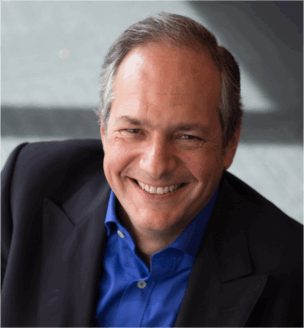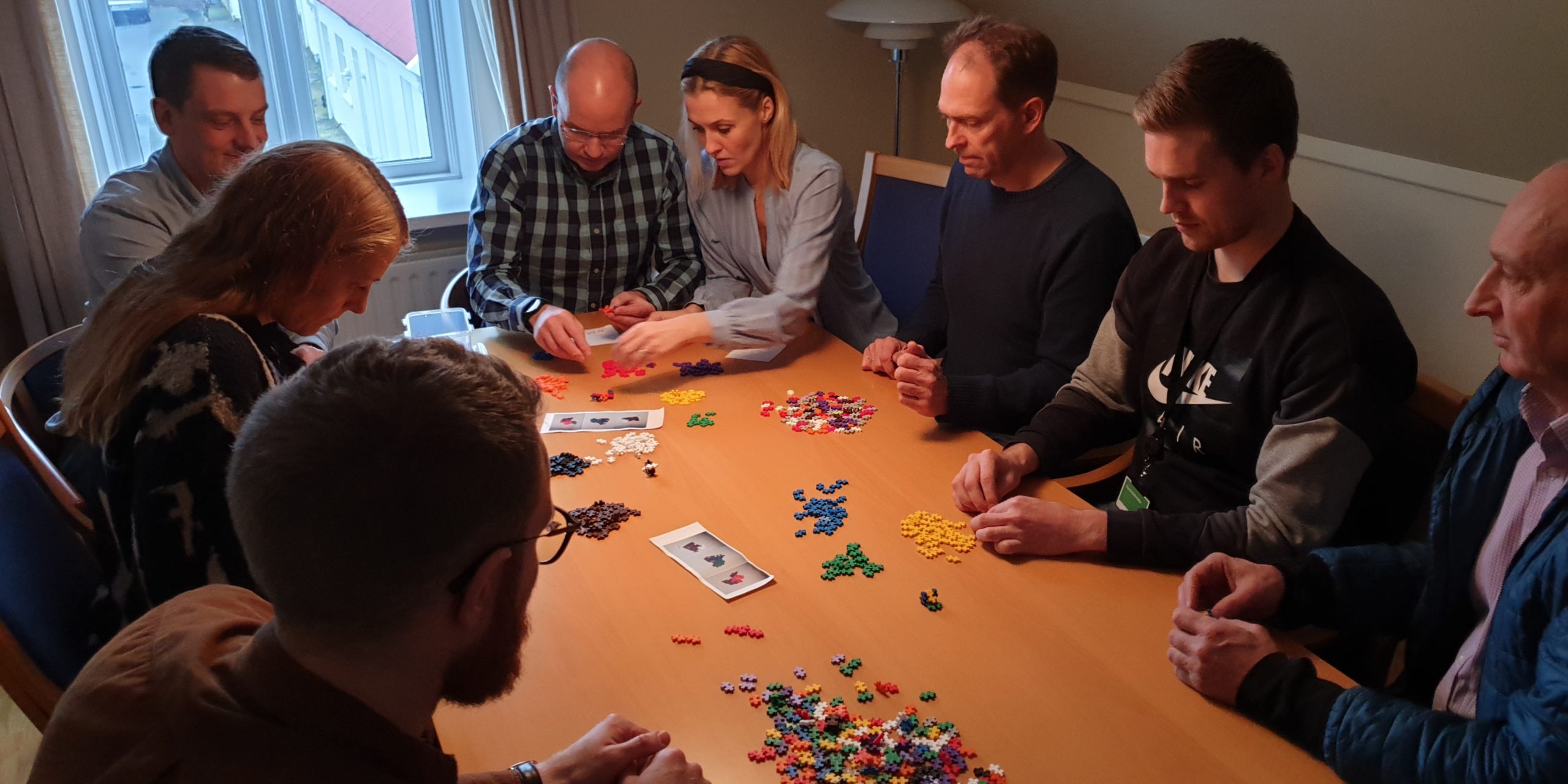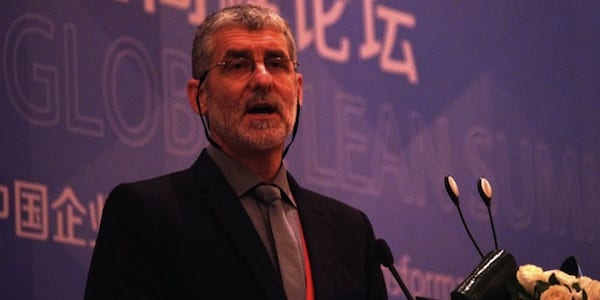
A lean view on racism
INTERVIEW – Racism is not a problem many lean thinkers are called to tackle in their daily lives at work, but that doesn’t mean that Lean Thinking has nothing to say about it.
Interviewee: Michael Ballé, lean author, executive coach and co-founder of Institut Lean France.
Interviewer: Roberto Priolo, Managing Editor, Planet Lean.
Photocredit: MSPhotographic / Shutterstock.com
Roberto Priolo: It is my belief that Lean Thinking can truly help us to make the world a better place and that part of that lofty goal entails eradicating discrimination. While the connection between Lean Thinking and the Black Lives Matter movement is not immediately obvious, what do you think lean can contribute to the discussion on racism, inclusion and discrimination?
Michael Ballé: It is clearly not an easy topic – it’s very emotional and everyone will have a different experience. My initial response would be to say that, if you’re not black, this is a time to listen, not talk. On the other hand, if we’re not part of the solution, we’re part of the problem, so you’re asking the right question: what can we do?
Racism is rarely in the scope of topics discussed in lean, so it’s hard to see where to start, but I guess we can start with hope. Lean itself was born from a meeting of Eastern and Western minds, which was not without its racial or tribal politics. So, if we could overcome our differences to create a global movement, we can hope there is a deliberate element of inclusion in Lean Thinking that could help.
Lean Thinking is a discipline of asking questions rather than jumping to solutions, and the thornier the problem is the more one person’s solution will be another person’s discrimination. If we look at lean foundational values, what questions can we ask ourselves?
- Respect – How much of an effort are we really making to listen? To understand? To accept the weight and responsibility of history? It’s easy to shy away from questions to which we either don’t have an answer or for which we share guilt and blame that we feel doesn’t come directly to us. So, the first lean questions to ask ourselves are: what does it mean to listen? Is the way we choose to listen betraying our bias? And, then, are we listening hard enough? The Black Lives Matter movement made me realize that I wasn’t listening hard enough. I knew there was a problem, but I’d not heard how much of a problem. Listening is not just about agreeing or disagreeing but questioning your own orientation – and bias to action – towards the issue.
- Teamwork – What are the joint problems we need to solve? This is a difficult issue because in many cases, not doing something can be seen as condoning and getting involved can be seen as condescending. The fact is that no one can live in another one’s skin, but we can make more of an effort to get into the fray and help solve problems. For instance, in any black/white situation, do we deliberately reverse the characters and ask ourselves how we’d react then? We need to be more than acquaintances – we need to be allies and have each other’s back. Concretely, this means we need to stand up to injustice far more than we do, day to day.
- Go and see – Beyond what we see in the news, do we actually look at people of other races amongst us? Do we really look and listen to what they say and how they experience things? When people tell us “you can’t understand”, it’s easy to dismiss the whole thing thinking, “True – I can’t. Let’s move on.” Instead, we can take the time to look at the situation rather than avert our eyes. After all, no problem can be solved without intimately understanding it first.
- Challenge – With such a difficult issue, the real challenge is to ask ourselves what our concrete goal in the matter of racism and discrimination is. I trust we all agree that all people have equal worth – and rights – but it’s easy to feel that concrete action is a bit above our heads and that, as people who are not belonging to the community, our involvement would not be welcome. The real question is: what goal do we set ourselves on this problem? In other words, what’s our responsibility in this? Who do we discuss it with to see if it makes sense? And how would it be welcome?
- Kaizen – Where to start? What is the small step action we can do today, concretely, to make the world more inclusive, less racist, discrimination-free? Large problems are solved by a continuous stream of small steps so, where is the first step? And then the second?
The challenge with racism is that whatever we do is too little too late. We can't turn back time. We can't adequately compensate for the horrors committed by our forebears. But what we can do is acknowledge them, own them, and in the spirit of kaizen step up at every opportunity and make amends in practical ways.
RP: Do you think lean can help even just because of its power to make uncomfortable conversations easier?
MB: Yes. Respectful conversations are not necessarily calm and peaceful ones. When people get engaged in a topic, they tend to become emotional about it, and that’s a good thing (even if not always easy to handle). The lean practice of having difficult conversations whilst growing mutual trust and creating safe spaces for people to say things that go beyond what they really mean in the heat of the moment is definitely an asset when dealing with emotional and complex problems.
Lean’s practice of uncomfortable conversations should absolutely help. I see the difficulty more in bringing the topic to the table. Businesspeople tend to think societal issues are beyond their remit and their ken – clearly, they are not. We are humans first, suits second. The question here is how we bring our skill at difficult conversations to bear. First, we need to face the topic and start having the conversation – which is what you are doing.
RP: How can our movement contribute to shaping a future for businesses that is more inclusive and tolerant?
Lean leadership is leading by example. It’s a simple frame: every time we listen to a different or uncomfortable point of view and we actually support it, making the person feel included, we take a step forward. Every time we close our ears and our minds to what doesn’t make sense to us and move on, we take one backwards.
We can demonstrate respect. We can show that we listen harder and that we better support people when they need it. But we also need to create the circumstances in which people feel comfortable speaking up, without which there is no problem for us to listen to. Lean’s basic principle is to jump in every time the andon chord is pulled. On the matter of racism, we need to create this andon chord, to learn to recognize the problem and jump in.
Tribalism is a feature of our minds, not a bug. It will always be there – we, all of us, will always favor unconsciously people who look like us and talk like us. Consequently, cultures diverge not because people don’t like being with different folk, but because we hate being surrounded by difference. That’s why signs of difference become rallying visual points and like talks to like, give more credit to like and so on – something we’re familiar with in lean with the East/West divide.
Because Lean Thinking is so focused on joint problem solving across functional barriers, we can recognize the various groups we’re dealing with and make a deliberate effort to reframe, clarify the common problem, desired outcomes and work on it together. This is what we’re trained for.
RP: Black people still have very limited access to leadership positions (just like women and members of other minorities). Have we done enough as a movement to change things?
MB: No, we certainly haven’t. And I believe it’s a matter of taking on the challenge. For instance, I’m very proud to say that the Institut Lean France now has gender parity, and its President, Director and Executive Director are women. But on the race issue, I have to confess we’ve simply never asked ourselves the question – and seriously need to.
Promotion is essentially co-optation, so not surprisingly the “like talks to like” and “like prefers like” effect plays in full force. The bias for choosing people with our same background is ubiquitous, a well-known fact in recruitment interview masquerading under “will fit well with the culture”. The root cause is understanding groupthink – the tendency of groups to focus on cultural answers rather than solve the actual problem. We need to get to grips with the fundamental fact that, beyond the moral element, diversity in background and thinking is simply essential to creative problem-solving.
In recruitment, I don’t see any other way than making a deliberate effort to counter it by actively looking for more diverse candidates – which is when we hit the chicken-and-egg problem of less candidates from minorities, precisely because they’re minorities. As a movement, I think we really need to take on that challenge as a first step: not so much why there are so few people belonging to minorities in our ranks, but where we can find more of them and invite them in.
RP: Much like a lean transformation, effecting change in the world will require leaders to experience a shift in mindset. What can we learn from Lean Thinking in that respect? How can we contribute to changing hearts and minds?
MB: We can learn four things from Lean Thinking. First, direction management: setting ourselves the right challenge. When Toyota set itself the environmental challenge, it ended up developing the Prius, perfecting hybrid technology, and then progressively equipping its entire range with hybrid engines. What is the challenge we want to set ourselves to recognize this very clear and present social challenge?
Second, weak point management: we can learn to recognize every time we fail from the ideal and are ourselves part of the problem, not part of the solution. For instance, as regards to hiring, I’m not suggesting reverse discrimination and hiring someone because of their skin tone. What I am suggesting is spending much more time pondering candidates of diverse backgrounds that we’d usually do and asking ourselves how much of an effort we’re making to counter the unconscious “like talk to like” bias.
Third, change point management: as you rightly say, mindsets much change. In absolutes, this is almost impossible. What is not impossible, however, is to look concrete change points and progressing from one to the other. Having recognized our inclusion weak points or discriminatory reflexes, we can work at changing things concretely. A struggle with issues such as respect is that, even when you try, you’re always exposing yourself to people criticizing you for not doing enough. We need to accept that, face it, and start with one change, deal with all the issues this change will let rise to the surface, and move on to the next.
Fourthly, people development management: education through experience remains the highway to change. I remember meeting a sociologist in South Africa who was in charge of a program to train white South African policemen to stop them brutalizing black folk. I was surprised to hear him say that where they succeeded in partnering black and white patrolmen, the situation improved rapidly, but where they retained all white units, nothing much changed. The question for us is to create a stream of experiences for people to work together, solve problems together, have each other’s back and learn to trust the other and let go of our tribal fear of difference (a fear that is clearly acquired, as children don’t have it). People learn and grow through repeated experiences, so are we doing enough to create this path of repeated experiences?
These are extremely difficult and painful topics. We’ve all gone to strange places where we look different, where everyone looks at us from the corner of our eye, and no one will address us directly – can you imagine what it’s like to live through that all the time? I don’t know if there are any global solutions to such problems, but what I do know is that we can step up and extend a hand – at every opportunity. This, we can do.
THE INTERVIEWEE

Read more


INTERVIEW – Today’s story takes us to Iceland, where a senior leader in a utility company introduced cellular thinking to her team in a bid to improve flexibility and better working conditions.


INTERVIEW - Planet Lean speaks with Constantin May, Academic Director of the CEPTM institute at Germany’s Ansbach University, which organized the first Lean Educator Conference in Europe in co-operation with LGN.


NEWS - Back from his annual trip to Shanghai, Anton Grütter, CEO of the Lean Institute Africa, shares a few interesting insights into the Chinese culture.


INTERVIEW – In a chat with our editor, Priya Lakhani explains how technology can be used to understand a student’s unique learning pathway and design teaching accordingly.

